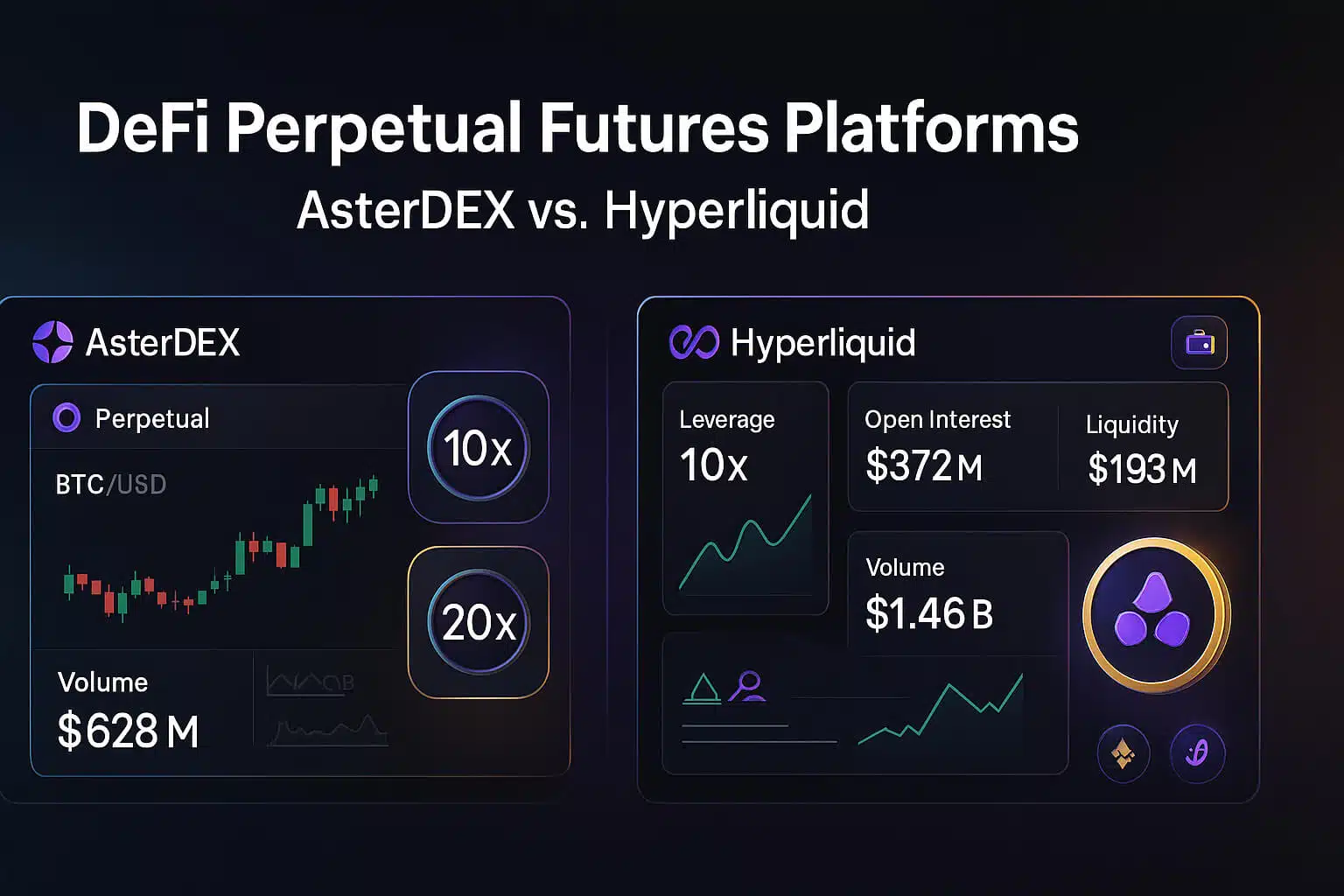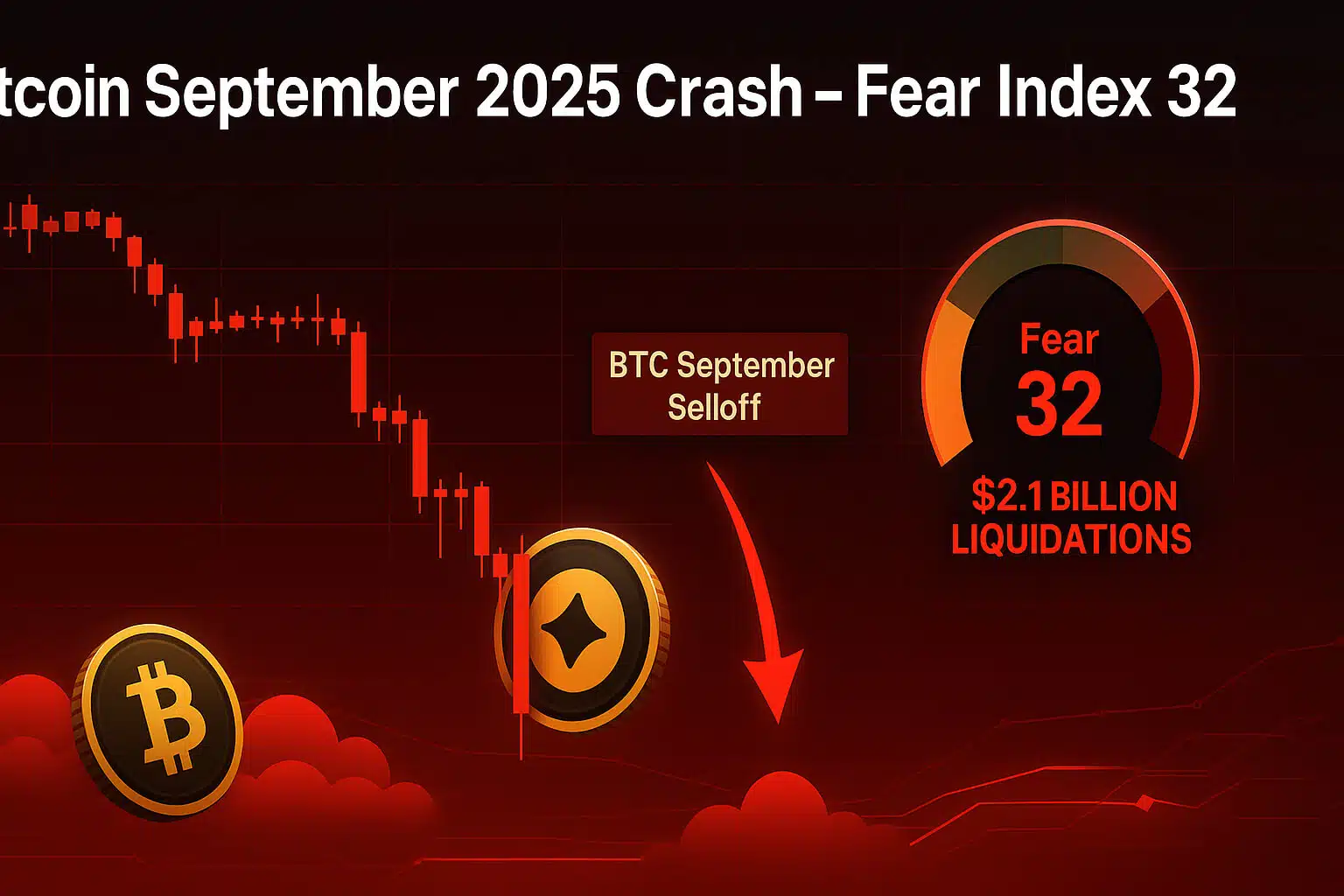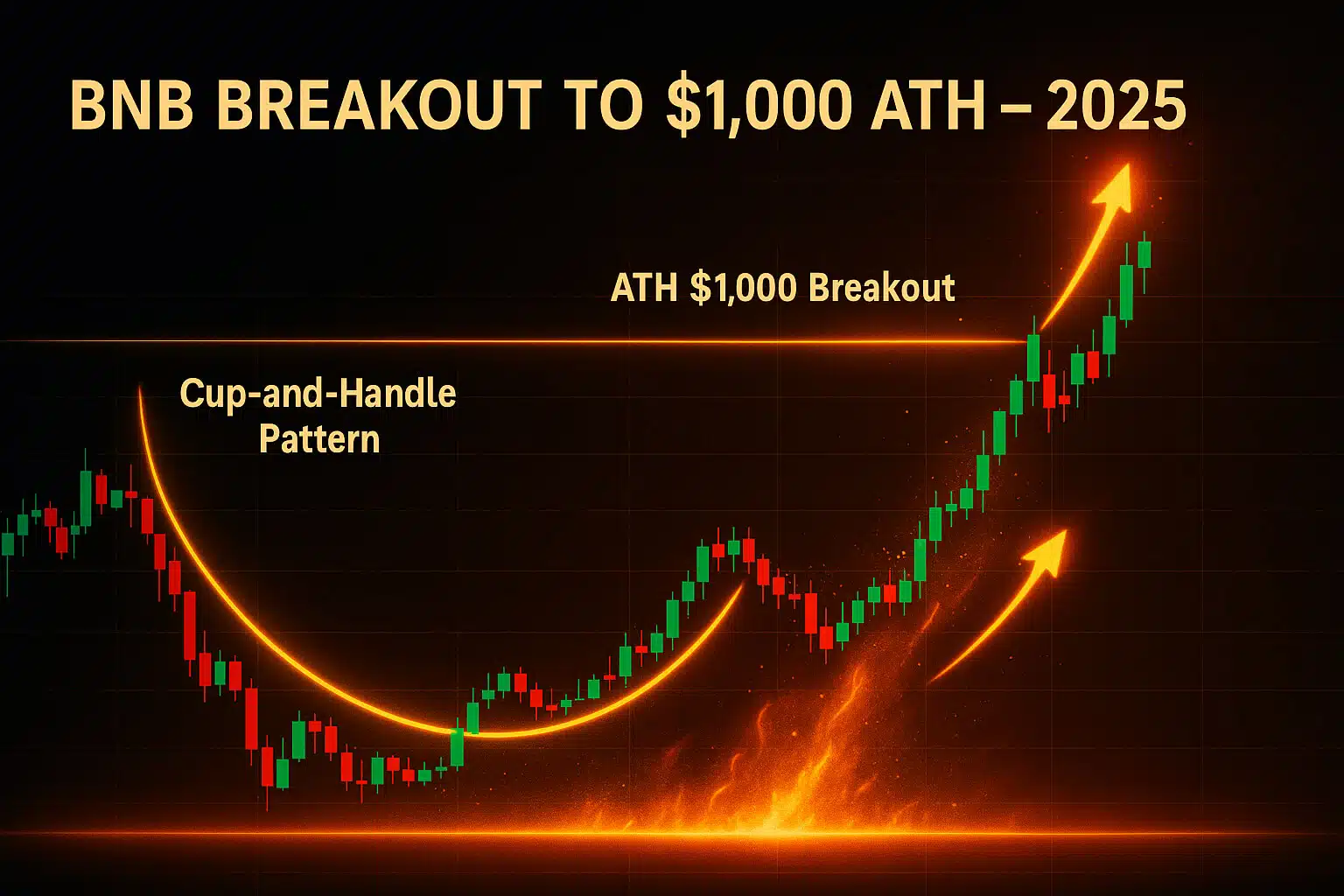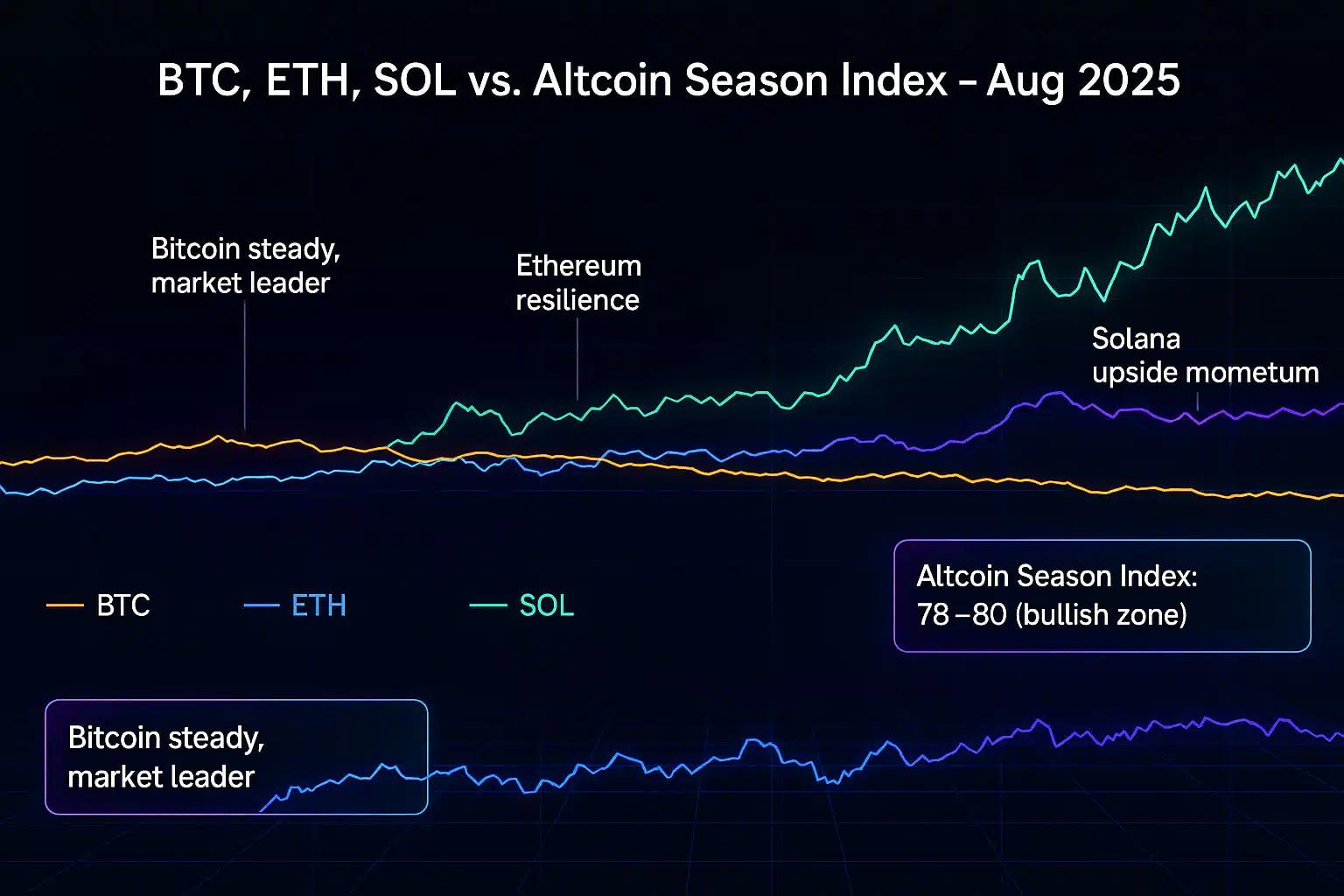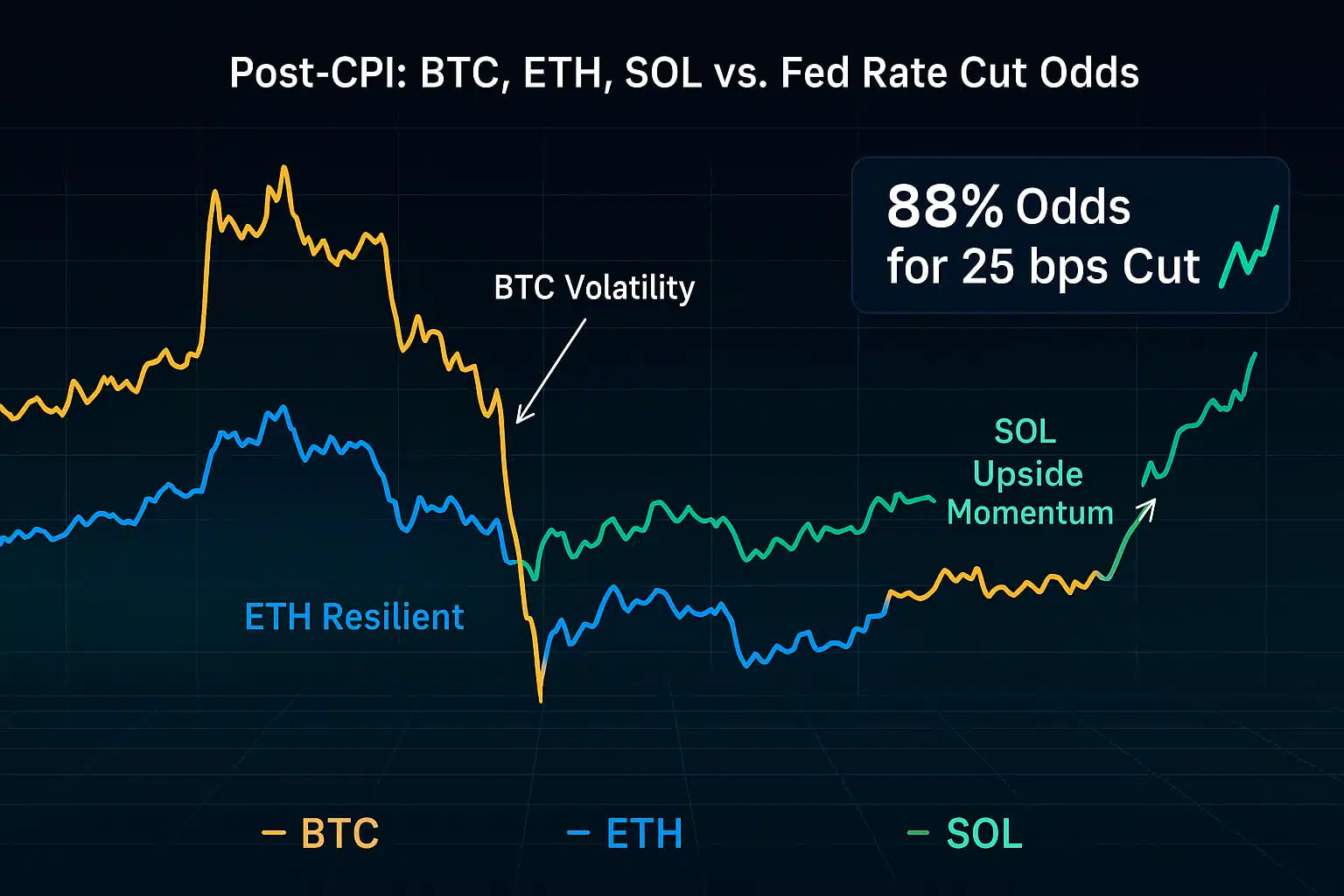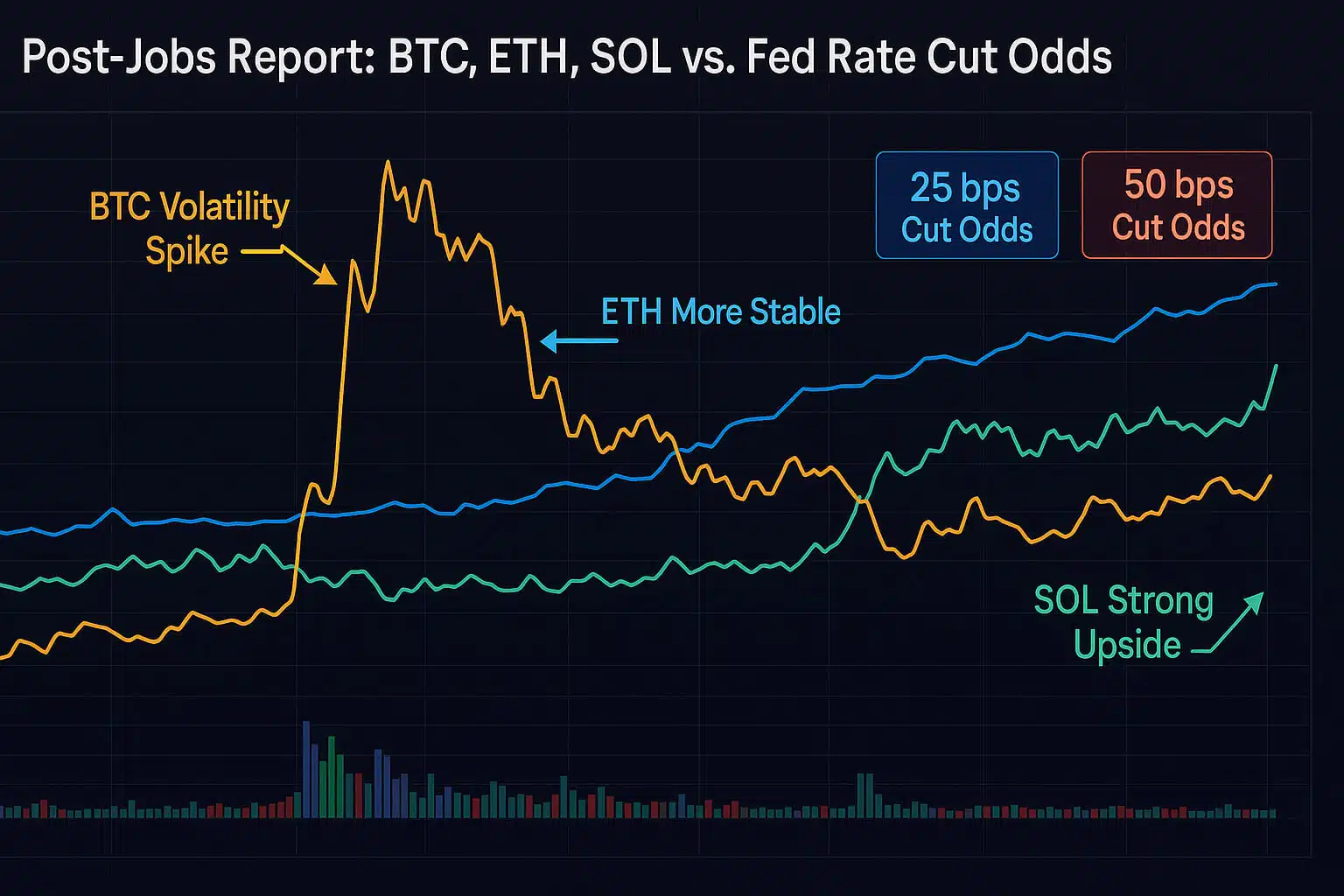1. Introduction: The Challenge of Scalability in Blockchain
Blockchain technology has rapidly gained traction over the past decade, revolutionizing industries with its decentralized and secure nature. However, as blockchain networks grow in size and adoption, they face a critical challenge: scalability. Traditional blockchain networks, such as Bitcoin and Ethereum, struggle to process many transactions simultaneously, leading to slower transaction times and higher fees. This scalability issue poses a barrier to the widespread adoption of blockchain technology, particularly in applications requiring high throughput, such as decentralized finance (DeFi) and supply chain management. Sharding, a method of dividing the blockchain into smaller, more manageable pieces, offers a promising solution to this challenge.
Why Sharding Matters for Blockchain Scalability:
Sharding directly addresses the scalability challenge by allowing blockchain networks to process transactions in parallel, thereby increasing throughput and improving overall network performance.
2. What is Sharding in Blockchain?
Sharding is a technique that blockchain technology uses to partition the blockchain network into smaller, more manageable sections called “shards.” Each shard acts as a separate chain that processes a subset of the network’s transactions and smart contracts. By distributing the processing load across multiple shards, the network can handle a higher volume of transactions simultaneously, significantly improving scalability and reducing bottlenecks.
- Key Concepts of Sharding:
- Partitioning: Sharding divides the blockchain network into smaller, independent chains (shards), each responsible for processing its transactions.
- Parallel Processing: Shards operate in parallel, allowing the network to handle multiple transactions at the same time.
- Improved Scalability: Sharding spreads the workload across shards, increasing the network’s capacity to handle more transactions.
2.1 How Sharding Works
In a sharded blockchain, the entire network divides into several shards, with each shard functioning as a mini-blockchain. Validators (or nodes) are assigned to specific shards and are responsible for processing and validating transactions within that shard. Each shard maintains its own ledger, which is a subset of the entire blockchain’s data. Periodically, the network combines data from all shards and records it on the main blockchain, ensuring consistency and security across the network.
- Sharding Process Overview:
- Division of Labor: The network divides into shards, with each shard handling a portion of the total transactions.
- Validator Assignment: Validators receive assignments to specific shards to process transactions and maintain the shard’s ledger.
- Data Aggregation: Data from all shards aggregates periodically and is recorded on the main blockchain to ensure network integrity.
2.2 Types of Sharding
Different types of sharding are used in blockchain networks, each with its own approach to dividing and processing data:
- Network Sharding:
- Network sharding divides the network into smaller groups of nodes, with each group responsible for managing a shard. This type of sharding helps distribute the network’s workload and reduces communication overhead among nodes.
- Transaction Sharding:
- Transaction sharding assigns specific transactions to different shards, allowing the network to process multiple transactions simultaneously. This approach is particularly effective in increasing the throughput of the blockchain.
- State Sharding:
- State sharding divides the blockchain’s state (the data stored on the network, such as account balances and smart contracts) across different shards. Each shard manages a portion of the state, reducing the amount of data each node needs to store and process.
- Sharding Types Overview:
- Network Sharding: Divides the network into groups of nodes.
- Transaction Sharding: Distributes transactions across different shards for parallel processing.
- State Sharding: Partitions the blockchain’s state data across shards to reduce storage and processing requirements.
3. The Importance of Sharding in Blockchain
Sharding plays a crucial role in the future of blockchain technology, particularly as the demand for scalable, high-performance blockchain networks continues to grow. Here’s why sharding is so important:
3.1 Scalability and Throughput
The most significant benefit of sharding is its ability to dramatically increase the scalability and throughput of a blockchain network. By allowing multiple shards to process transactions in parallel, the network can handle a much higher volume of transactions per second (TPS). This scalability is essential for supporting large-scale applications, such as decentralized finance (DeFi) platforms, supply chain management systems, and global payment networks.
- Key Benefits:
- Increased TPS: Sharding enables the network to process a higher number of transactions per second.
- Scalability for Large Applications: Sharding supports the scalability needed for large-scale blockchain applications.
3.2 Reduced Latency and Faster Transactions

In addition to improving scalability, sharding also reduces latency by allowing transactions to process more quickly. Since each shard handles a smaller subset of the total transactions, the time required to validate and confirm transactions significantly reduces. This leads to faster transaction times, which is crucial for applications where speed is essential, such as online payments and real-time data processing.
- Key Benefits:
- Faster Transaction Times: Sharding reduces the time required to process and confirm transactions.
- Lower Latency: Distributing the workload across shards results in less congestion and fewer delays.
3.3 Cost Efficiency
Sharding can also lead to cost savings for users and network operators. By improving the efficiency of transaction processing, sharding reduces the computational resources required to maintain the network. This, in turn, can lower transaction fees and make the network more cost-effective to operate. Additionally, sharding can help reduce the energy consumption associated with blockchain networks, particularly those using proof-of-work (PoW) consensus mechanisms.
- Key Benefits:
- Lower Transaction Fees: Sharding reduces the computational load, leading to lower transaction fees.
- Cost-Effective Network Operation: Improved efficiency makes the network more affordable to maintain and operate.
- Energy Savings: Sharding can reduce the energy consumption of blockchain networks.
4. Challenges and Considerations with Sharding
While sharding offers many benefits, it also presents several challenges and considerations that need to be addressed for successful implementation:
4.1 Security Concerns
One of the primary concerns with sharding involves security. Since each shard operates independently, there is a risk that a single shard could be compromised, potentially leading to an attack on the entire network. This is known as a “shard takeover attack.” To mitigate this risk, blockchain networks implementing sharding often use techniques such as random assignment of validators to shards and cross-shard communication to enhance security.
- Key Challenges:
- Shard Takeover Risk: The risk of a shard being compromised and affecting the entire network.
- Security Mitigations: Techniques like random validator assignment and cross-shard communication enhance security.
4.2 Complexity of Implementation
Implementing sharding in a blockchain network involves a complex process that requires significant changes to the network’s architecture. This complexity can make it challenging to develop and deploy sharding solutions, particularly for existing blockchain networks. Additionally, ensuring that all shards remain synchronized and that data is consistently recorded across the network adds to the complexity.
- Key Challenges:
- Architectural Changes: Sharding requires significant modifications to the blockchain’s architecture.
- Synchronization: Ensuring consistent data recording and synchronization across shards presents complexity.
4.3 Interoperability and Cross-Shard Communication
For a sharded blockchain to function effectively, there must be seamless communication between shards. This cross-shard communication is essential for ensuring that transactions spanning multiple shards process correctly and that data remains consistent across the network. Developing efficient and secure cross-shard communication protocols remains one of the major challenges in sharding implementation.
- Key Challenges:
- Cross-Shard Communication: Ensuring efficient and secure communication between shards is essential.
- Interoperability: Shards must work together seamlessly to maintain network integrity.
5. The Future of Sharding in Blockchain
Sharding will play a critical role in the future of blockchain technology, particularly as the demand for scalable and high-performance networks continues to grow. Several leading blockchain projects, including Ethereum 2.0 and Polkadot, actively explore and implement sharding solutions to enhance scalability and support the next generation of decentralized applications (dApps). As sharding technology matures, we can expect broader adoption across the blockchain ecosystem, enabling the development of more efficient and scalable blockchain networks.
- Key Trends:
- Sharding Adoption: Leading blockchain projects are implementing sharding to enhance scalability.
- Support for dApps: Sharding will enable the development of scalable and efficient decentralized applications.
- Broader Adoption: As sharding technology matures, it will be adopted across the blockchain ecosystem.
Conclusion: Sharding as a Catalyst for Blockchain Scalability
Sharding is a transformative technology that directly addresses one of the most significant challenges facing blockchain networks: scalability. By dividing the blockchain into smaller, manageable shards, networks can process transactions in parallel, significantly increasing throughput and reducing latency. While there are challenges to implementing sharding, its potential benefits make it a crucial component of the future of blockchain technology. As more blockchain projects adopt sharding, we can expect to see a new era of scalable, efficient, and high-performance blockchain networks that support the next generation of decentralized applications.
For more insights and detailed analysis on blockchain scalability, explore our Blockchain Technology Guides section.
Stay Updated
For the latest updates on blockchain scalability and sharding, follow us on:
Stay informed with the latest strategies and insights in the world of blockchain at FreeCoins24.io.
Special Offer
Looking to explore scalable blockchain solutions? Sign up on Bybit today and take advantage of up to $30,000 in deposit bonuses. Start building on scalable and efficient blockchain networks.








